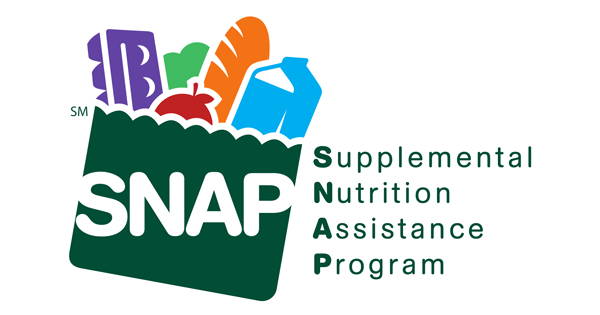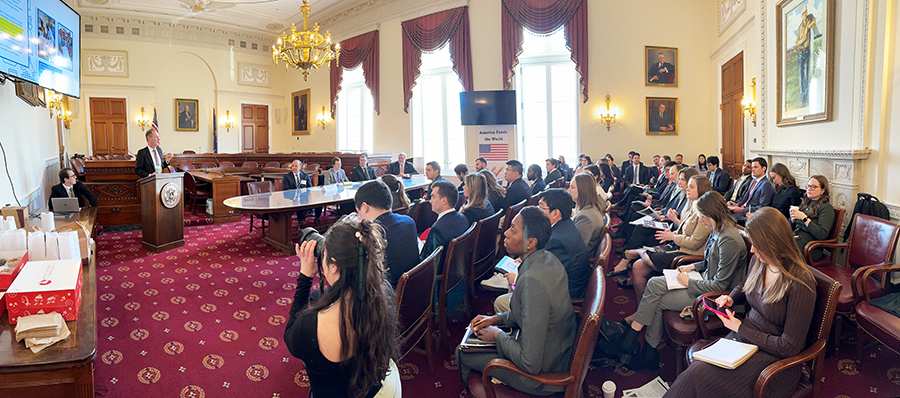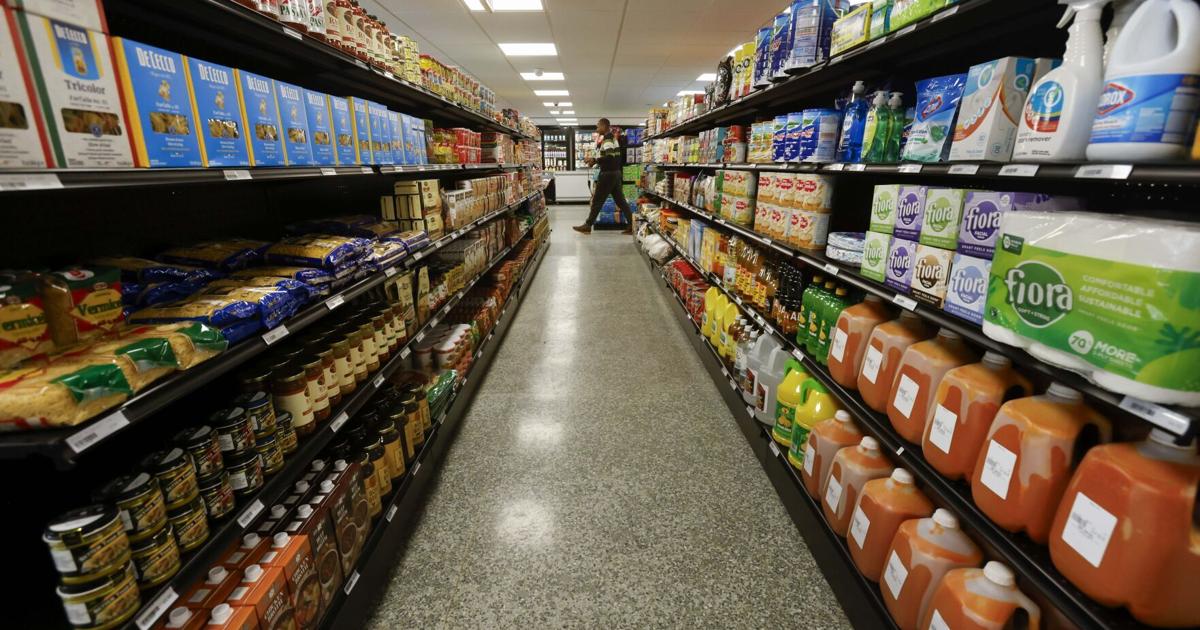This fall, individuals and families in Columbia County, across Oregon and the nation who depend on food stamp assistance will see what the Biden Administration calls a significant and permanent increase in benefits.
It is reportedly the largest single increase in the food stamp system’s history, which now operates as the Supplemental Nutrition Assistance Program (SNAP).
This change will increase SNAP benefits distributed in Oregon by $337 million. For SNAP households this change on average will be about $36 more in money to buy food per person.
Oregon Department of Human Services (ODHS) Press Secretary Jake Sunderland said Biden Administration made the announcement Monday, Aug. 16, and his department is still analyzing the changes and what they will mean to SNAP in Oregon.
“According to federal government, this change will increase SNAP benefits distributed in Oregon by $337 million,” Sunderland said. “For SNAP households this change on average will be about $36 more in money to buy food per person – or about $1.20 per day.”
The change in benefits takes effect Oct. 1.
Currently, due to the COVID-19 pandemic, most SNAP households are temporarily receiving the maximum benefit amount for their household size, according to Sunderland.
“These are called emergency allotments and we have been providing these emergency allotments since March 2020,” he said.
SNAP benefit amounts vary depending on household size, income and other factors. SNAP benefits range from $0 a month (while receiving other services like employment and training services) to the maximum benefit amount for the household size.
Sunderland said COVID-19 has had an incredible impact on Oregon’s economy and hunger and food insecurity in Oregon,citing an OSU study from December 2020 that estimates the rates of hunger and food insecurity more than doubled in 2020 and that there are about 1 million Oregonians experiencing hunger and food insecurity.
From January 2020 to January 2021, the number of people receiving SNAP in Columbia County increased by more than 1,500 people, a 21% increase.
The current and new maximum amounts are in the table attached.
Households whose income is 185% of the federal poverty level or less qualify for SNAP benefits.
“This means that a family of 4 making $49,000 a year is eligible for SNAP,” Sunderland said. “This is surprising for a lot of people. You can have a parent earning $23 an hour, while the other stays home with their two kids to save on daycare, and still struggle with hunger and food insecurity.”
SNAP provides nutritional assistance benefits to children and families, the elderly, the disabled, unemployed and working families.
SNAP helps supplement monthly food budgets of families with low-income to buy the food they need to maintain good health and allow them to direct more of their available income toward essential living expenses.
ODHS staff determines the eligibility of applicants based on guidelines established by the US Department of Agriculture (USDA). The primary goals of the program are to alleviate hunger and malnutrition and to improve nutrition and health in eligible households.
If you need help, here are important resources:
- You can apply online for food, cash and medical help at: ONE.Oregon.gov
- Learn about government programs and community resources for older adults and people with disabilities: Aging and Disability Resource Connection of Oregon at 1-855-673-2372 or www.adrcoforegon.org.
- Dial 2-1-1, or text your zip code to 898-211, www.211info.org For help with resources in your community











